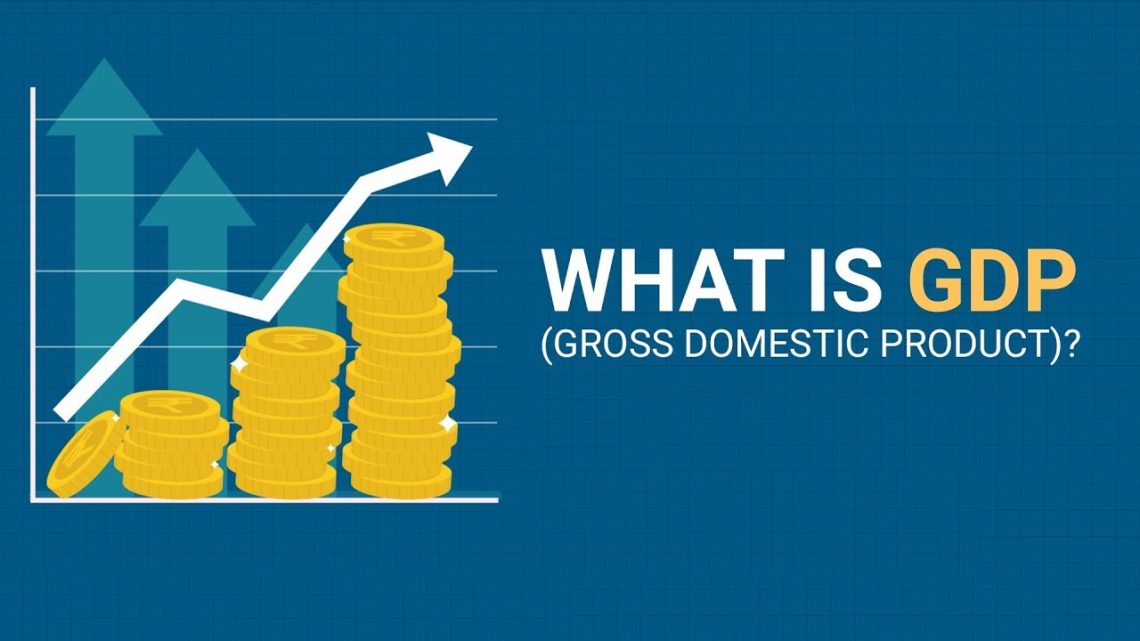
Understanding Gross Domestic Product (GDP)
July 11, 2024Gross Domestic Product (GDP) is a crucial tool for evaluating the economic health of a country. It helps governments determine taxation and spending capabilities and aids businesses in making hiring decisions.
GDP measures all economic activities of companies, governments, and individuals within a country. It can be calculated using three methods:
1. Output: The total value of goods and services produced by all sectors, including agriculture, manufacturing, energy, construction, services, and government.
2. Expenditure: The total value of goods and services bought by households and the government, investments in machinery and buildings, plus exports minus imports.
3. Income: The total value of income generated, primarily through profits and wages.
Early GDP estimates usually rely on the output measure, using data collected from thousands of companies. These figures are often revised as more data becomes available.
Most economists, politicians, and businesses prefer to see GDP rising steadily, as this generally indicates a healthy economy. Increased GDP typically means higher consumer spending, more jobs, greater tax revenues, and better wage growth. Conversely, a declining GDP suggests economic contraction, which can lead to job losses and pay freezes. When GDP falls for two consecutive quarters, the economy is considered to be in a recession.
Globally, GDP figures are released periodically, often quarterly or monthly. For instance, many countries publish GDP figures quarterly, which provide a more comprehensive overview of economic trends. Positive GDP growth is often seen as a sign of economic stability and prosperity.
An increasing GDP usually means people are earning and spending more, resulting in higher tax revenues for the government. This extra revenue can be used to enhance public services like education, healthcare, and infrastructure. However, during economic downturns, tax revenues decline, leading to potential cuts in public spending or increased taxes.
For example, the COVID-19 pandemic caused severe economic disruptions worldwide, forcing many governments to borrow extensively to support their economies.
GDP figures are frequently revised as more data becomes available. Early estimates often use partial data, which is refined over time. Countries strive to provide timely GDP estimates to aid economic planning and policy-making.
GDP growth does not reflect how income is distributed across the population. An increasing GDP might benefit the wealthy disproportionately. GDP does not consider whether economic growth is sustainable or its environmental consequences.
GDP per capita divides the GDP by the population size, offering insights into individual economic well-being. An increasing population can boost GDP, but it does not necessarily mean higher living standards for individuals. For a more accurate picture, GDP per capita, adjusted for inflation and population growth, provides a clearer view of economic health.
Given GDP’s limitations, alternative measures have been developed to capture broader aspects of well-being. These include assessments of health, relationships, education, and the environment. While GDP remains the most widely-used economic indicator, these alternative measures provide valuable additional insights.
In conclusion, GDP is a fundamental economic measure, offering insights into a country’s economic activity and helping guide policy decisions. Despite its limitations, it remains a key tool for understanding economic health and planning for the future.

